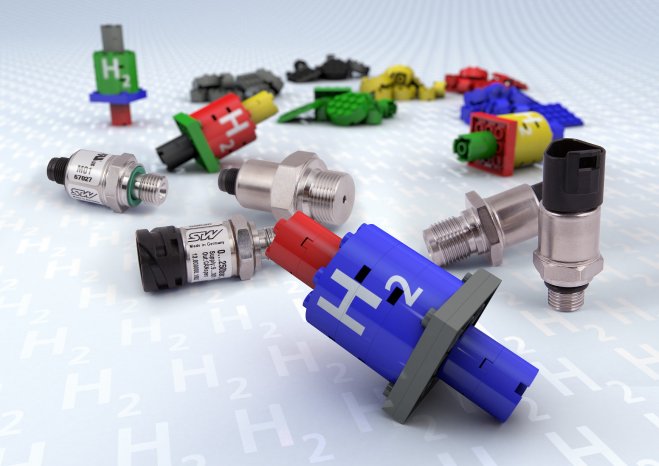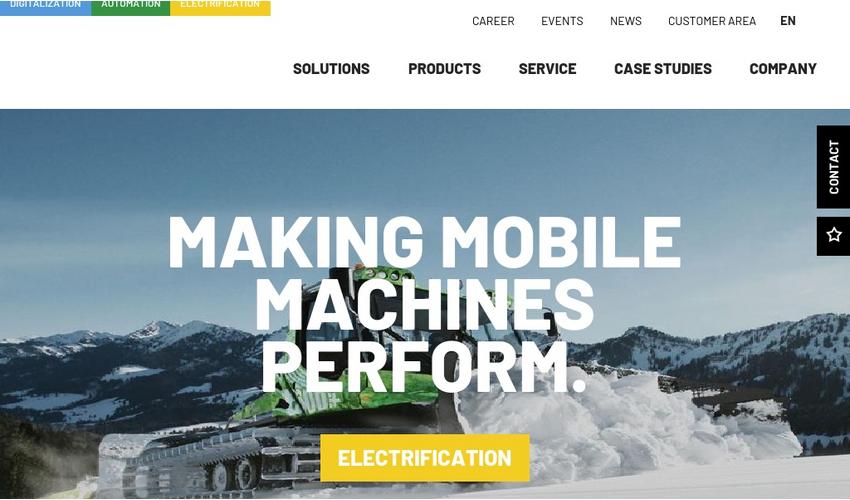Energy sources with opportunities and issues
Hydrogen: This is the lightest and first element in the periodic table. When hydrogen combusts or explodes, energy and water are generated - and nothing else. When compressed, hydrogen possesses a high energy density, which can also be converted directly into electrical power with the aid of fuel cells. These properties make it a popular energy source, in particular for vehicles.
However, the production and storage of this pure element can be problematic. Hydrogen is so volatile that it can even diffuse through steel. This represents a problem when measuring pressure in hydrogen. Many pressure measurement devices feature thin membranes, through which the hydrogen can penetrate. Even worse: due to the deposition of hydrogen on the membranes, the material changes so that the pressure measurement no longer functions, or the membrane tears.
The solution
STW has been producing a modular system, the M01 pressure transmitter series, with 1.5 million versions. Now the new Hx measurement elements and pressure connections can be manufactured from a stainless steel in the 316L group. This stainless steel has passed the complex endurance and load cycle test in hydrogen with excellent results. The existing standards also confirm the material 316L to be hydrogen-resistant. Transfer fluids or mediator mediums are not required.
The customer can now assemble an appropriate transmitter for hydrogen within a pressure range from 3.5 to 900 bar. Amongst other things, 20 pressure connections, 10 electric connectors and 9 electric interfaces are available. Qualifications acc. UL, CE, E1, ASIL, SIL, PL, calibrated, (ATEX in preparation) are available.
Measures hydrogen yet remains robust
The overpressure strength also remains at a very high level with the hydrogen-resistant version. For example, the 3.5 bar version can be overloaded up to 20 bar without being damaged. The M01 can also withstand temperatures from -40 ... 125°C. Because both the measurement cell and the pressure channel are made of 316L stainless steel, the medium does not come into contact with any other material. No seals can have an adverse effect on the outstanding media resistance.
The burst pressure, accuracy (1%), environmental characteristics, load cycle strength and EMC characteristics also accord with the other products in the M01 series.
Summary
Many versions of the pressure transmitter module system M01, which is designed for production in large quantities, are now also available in small batch sizes in a hydrogen-resistant design.
In particular those customers who require the electronic pressure transducer for spare part supplies or product development value the high flexibility and quality of this STW product. Customers with irregular and low requirements are already taking advantage of the benefits of the M01 system: inexpensive and rapid production of high-quality pressure transmitters.
The "hydrogen-resistant" module is a new and important part of the M01 pressure transmitter system.
The new sensor will be shown by STW in Hall 11, Booth F43 (AMA Centers for Sensors and Measurement) at Hannover Messe 2016.


